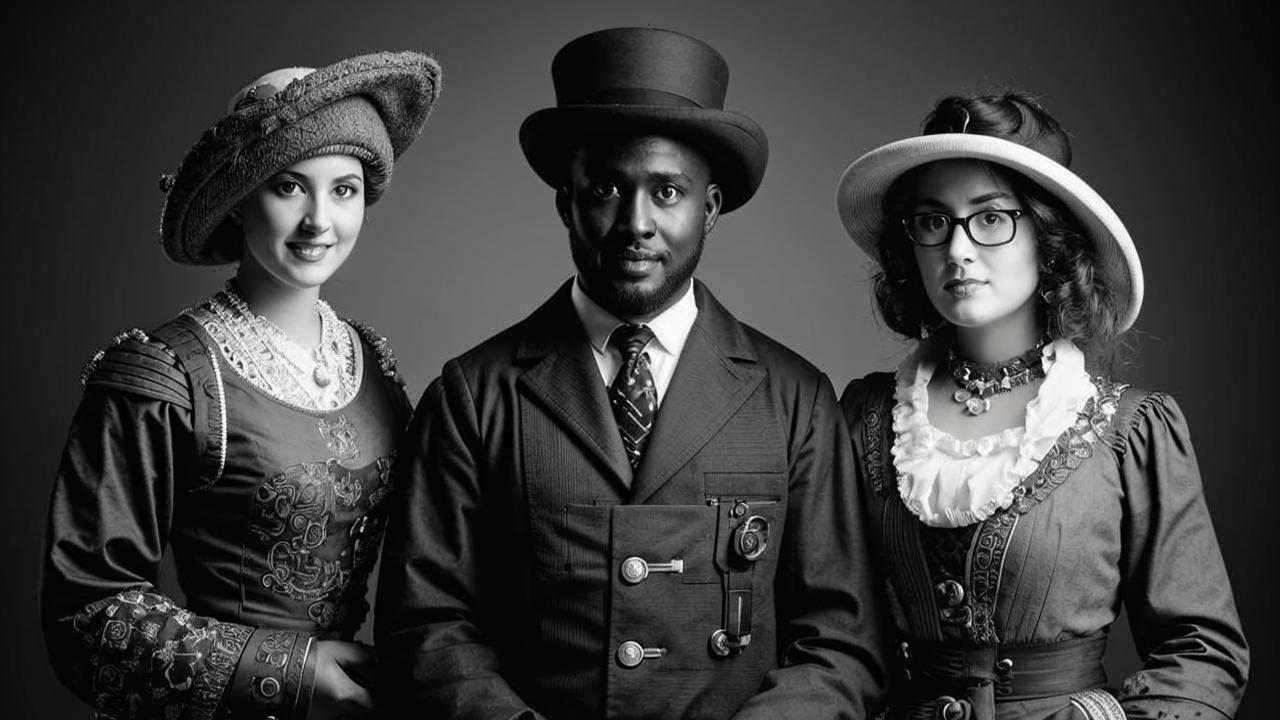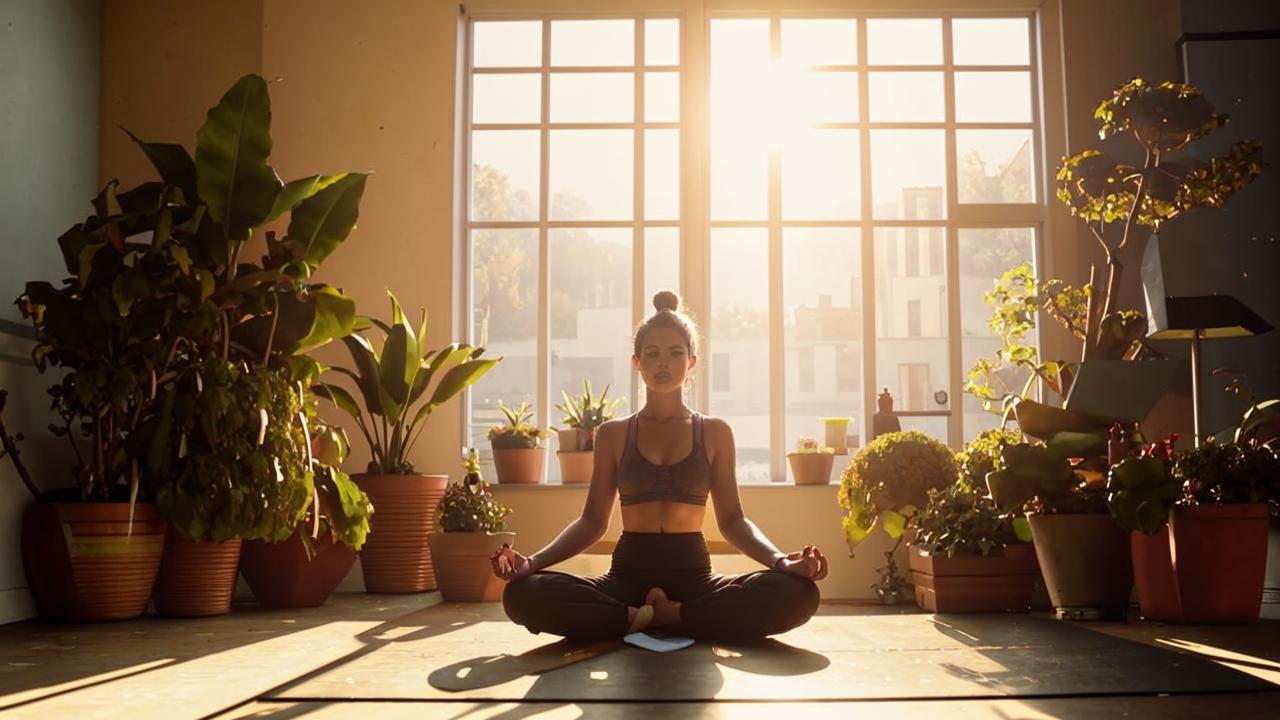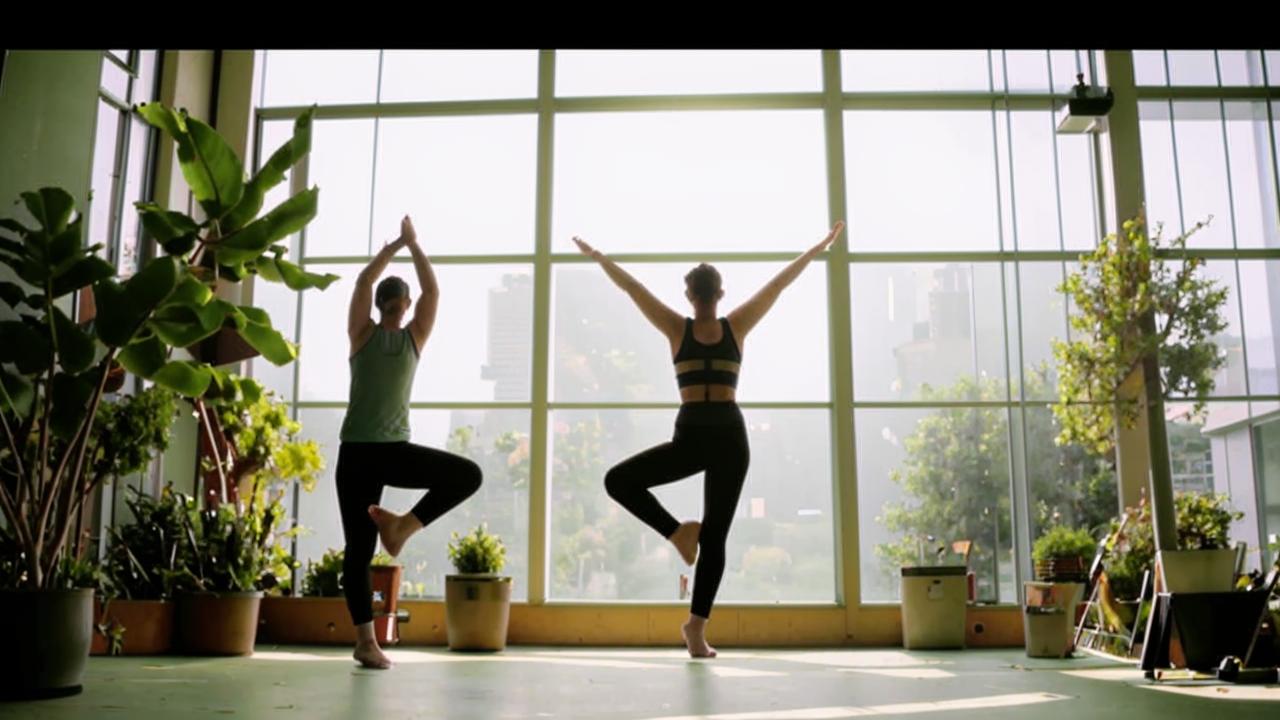Some yoga poses can really surprise you, and sometimes they seem beyond the capabilities of our bodies. For example, handstands or headstands. Our today’s story is about a girl who was not afraid and proved that a person is capable of many things, the main thing is to believe in yourself.

hatha yoga instructor
Chinstand is an asana that will help improve your strength and balance. Performing it without preparation is contraindicated, as this pose is quite traumatic, there is a risk of damaging the neck and spine. Therefore, at the initial stage you should prepare under the supervision of an experienced instructor
The beginning of my training

Maria Sohach
an athlete who learned to do chin-up pose.
Ganda bherundasana – the pose of a formidable bird – was quite difficult for me to master psychologically, as I had a neck injury as a child. And although it has long passed, fear for a long time did not allow me to perform inverted asanas comfortably.
I started to learn how to do the posture only after several years of practice, when I had already got the base and my body was ready for more advanced exercises. These inversions require arm strength and back flexibility to avoid unnecessary breakage in the neck or lower back.
Mastering the chin-up bar directly took about a month. For a few weeks I practiced with the support of a wall, then without a wall but with the support of a teacher, and finally I tried it on my own.
Valeria Molokova: To do a chin stand, start with “downward facing dog”. Then gradually move your body until your weight is supported by your arms. When you first perform the rack, use foam blocks for support, creating emphasis under your shoulders. For several months, do not remove the blocks until you are ready. It may take longer, everyone works out differently. Do not attempt to perform the rack until you feel completely ready.

What have I accomplished so far?
I am now confident in the stance, but it is still a simplified version, so there is room for improvement. In practice I now emphasize the development of back flexibility, so that I can move to more complicated variants without risks.
As for the desire to let go, over time I have learned to hear my body and accept its capabilities and limits. So there are no negative feelings as such when something doesn’t work out. But it wasn’t always like that.
I remember my feelings at the beginning of classes, when some asanas were not as good as others: a feeling of disappointment and even some irritation. But this only led to ignoring discomfort or pain in the body, and as a result – sprains and microtraumas. Now it’s a more conscious approach, with self-care first and foremost.
The chin-up position is strictly contraindicated in case of:
- back or neck injuries;
- high blood pressure;
- cervical spondylitis;
- ulcers, hernias or intestinal disorders.
Emotions after my first successful stand
I felt incredibly supported by my teacher, he was the one who helped me overcome my fears. And the first time I did a chin-up balance, it was a major accomplishment. I felt elated and proud of myself, as I always thought inversions were only for “advanced yogis”, so it was nice to realize that I was capable of more than I had imagined.

Overall the experience of overcoming fear was very inspiring and motivating. It just showed me that I can achieve my goals and push myself beyond my limits both on the yoga mat and in life in general.






